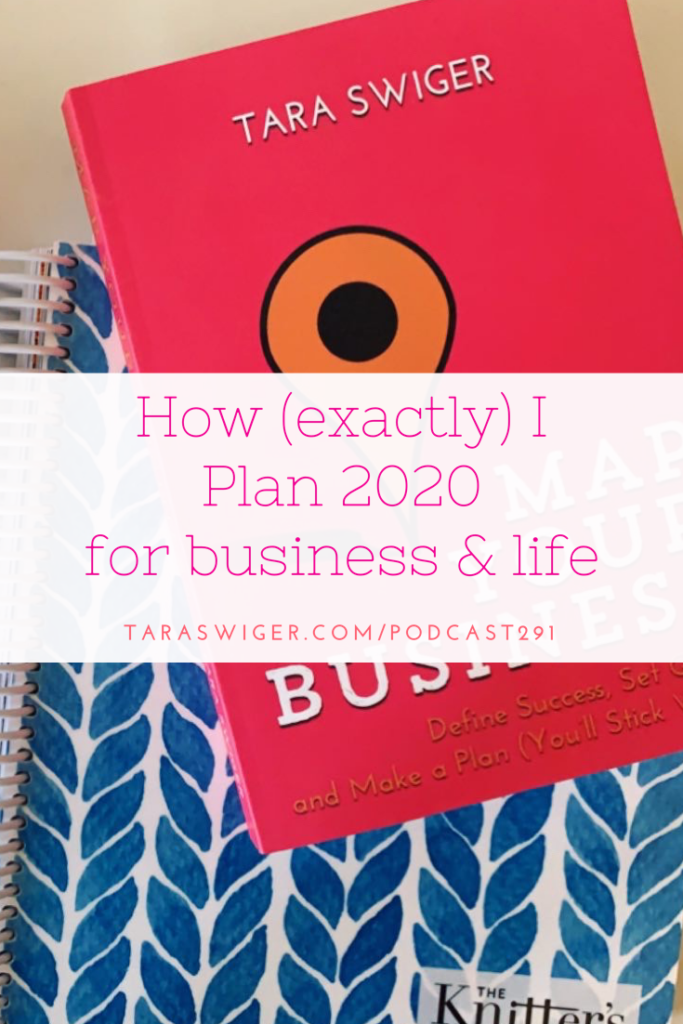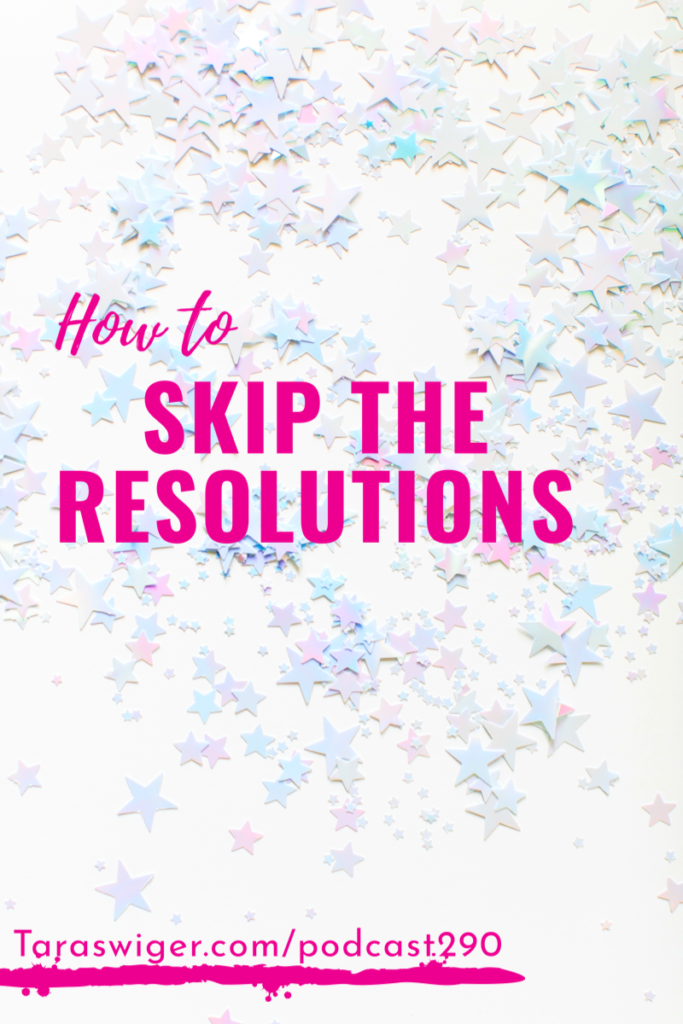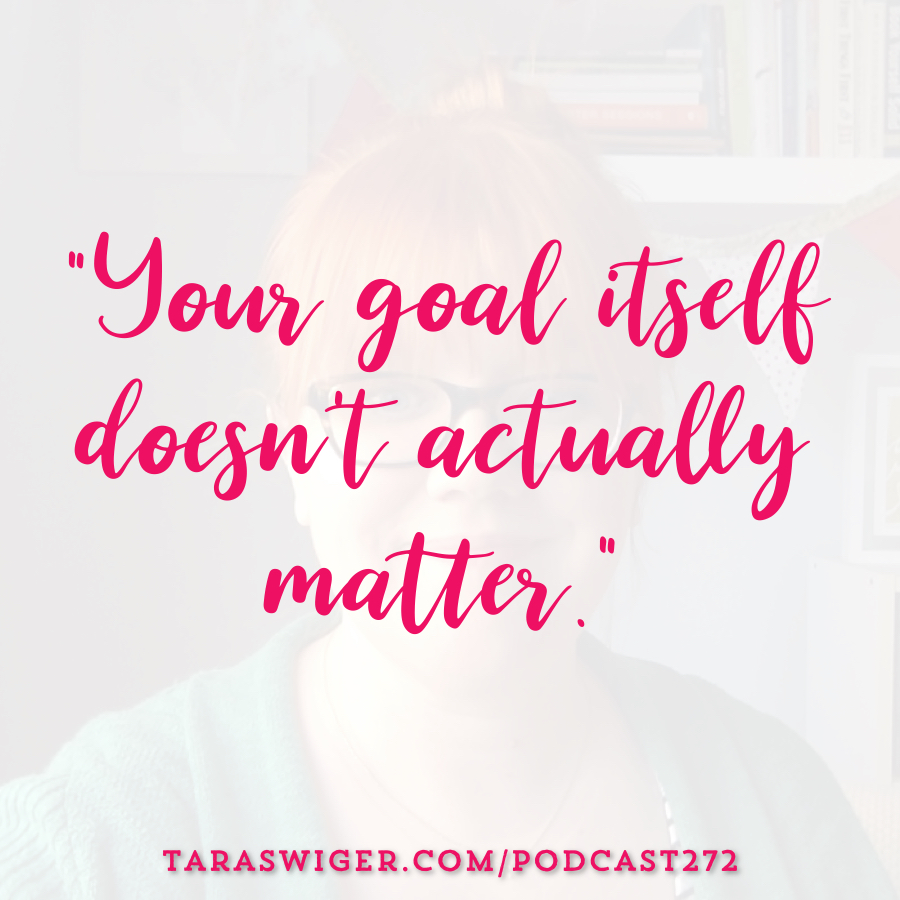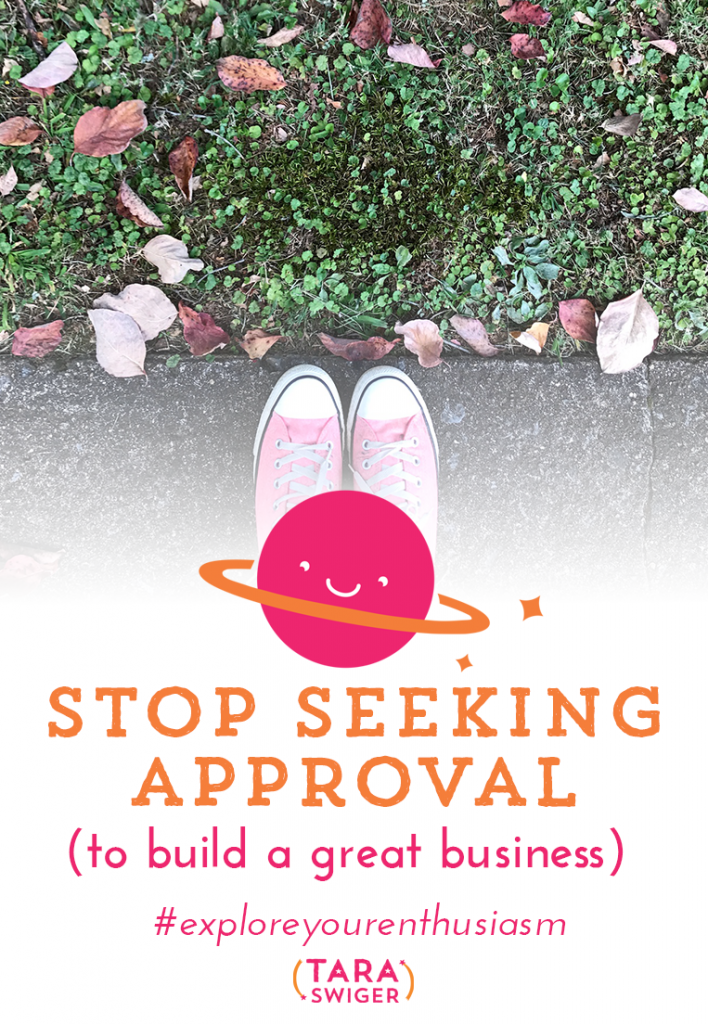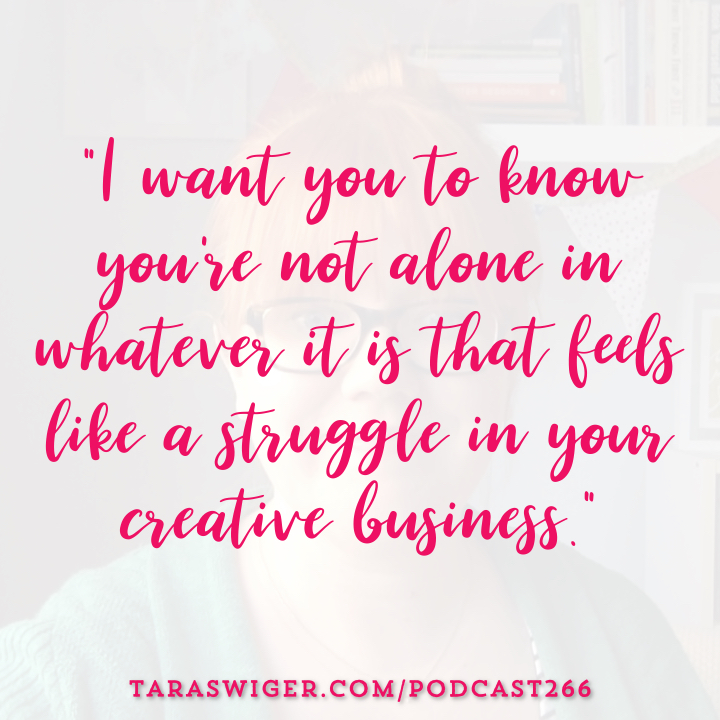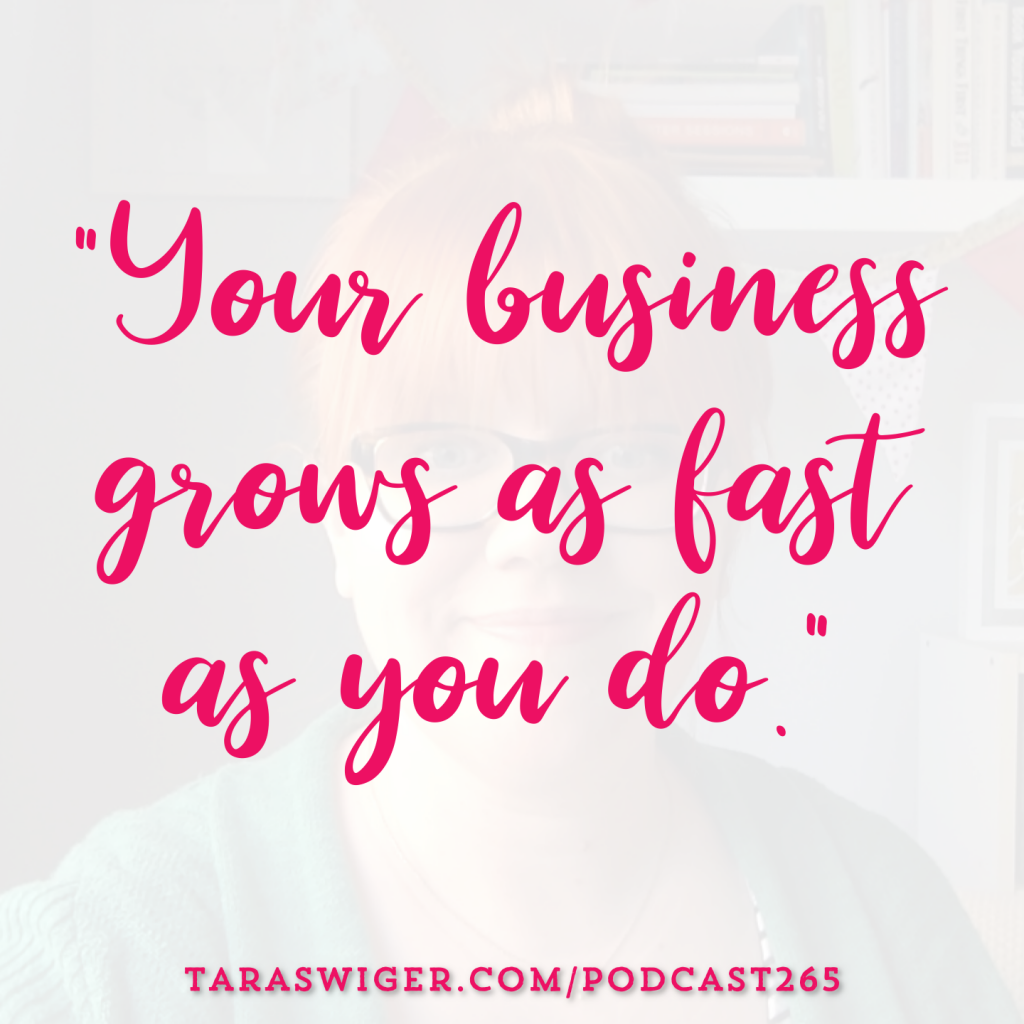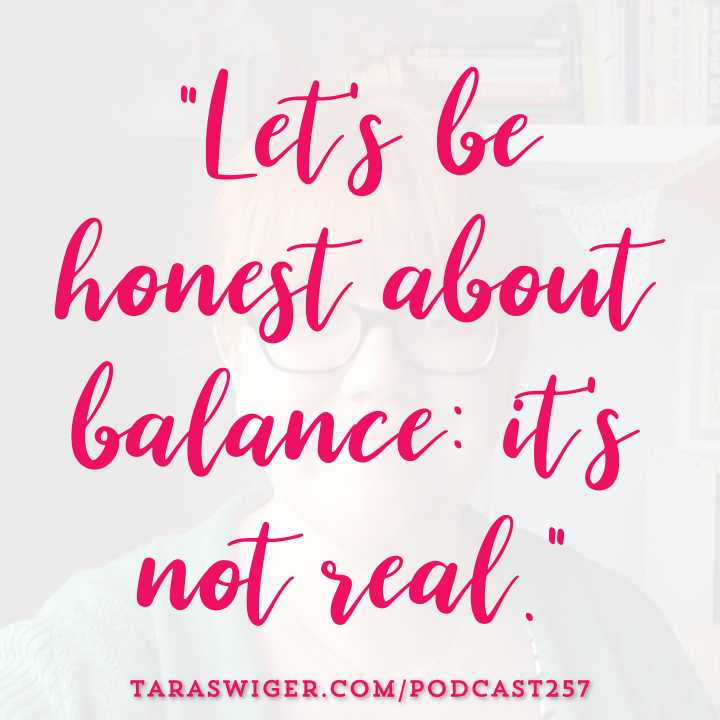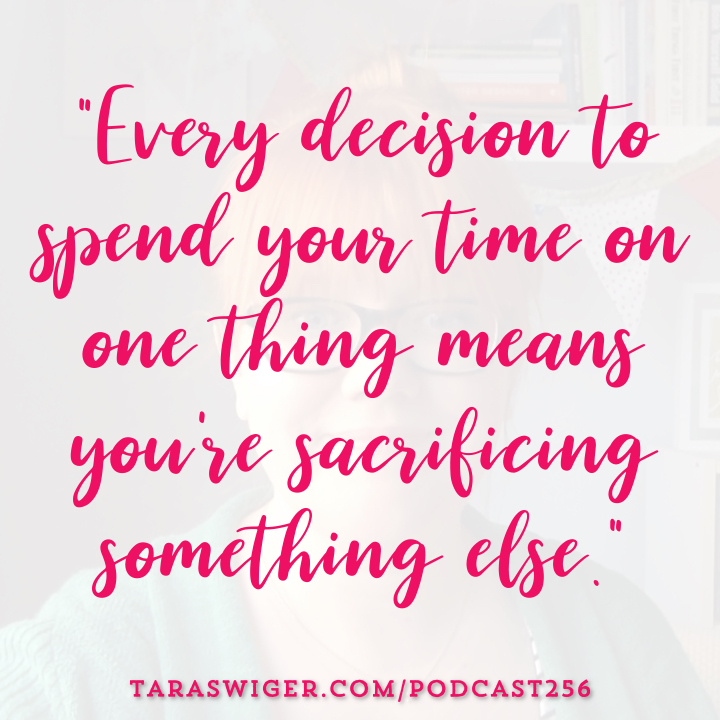Podcast: Play in new window | Download
As a culture we talk a lot about planning the year for about 2 seconds on December 31st and January 1st, but the fact is, when you’re building a business or following a dream, you are planning and implementing a plan all the time! Today I’m going to share how I planned my New Year, warts and all.
Welcome to the New Year! Over the years I have written (and recorded) a lot about New Year and seasonal planning, so this year I decided to share exactly what I’m doing, with a bit of my feelings and experience as I do it, so you know you’re not alone.
You can get access to ALL of my episodes about planning your New Year AND a new worksheet, at TaraSwiger.com/2020Goals. Download it now!
It started in early December…
Inside the Starship, we read the book Everything is Figureoutable, by Marie Forleo, as a part of our Q4 Book Club. This book is packed with encouragement and tough love for moving forward on your big dream, no matter how unreachable it feels.
I really committed to not just reading it, but also working through the exercises. It helped me get clear on what’s held me back from setting a bigger goal (like, really big) and work through that. The book is so uplifting and encouraging, I think this helped me shed a bit of self-doubt that has held me back in the last 2 years.
Self-doubt
Actually, let’s chat about self-doubt holding me back. I talked about this a bit in episode 252, if you’d like to hear more about how I worked through it then. The thing is – I had a major depressive episode in 2018 and it rattled me.
Even after I came out of it, I had this lingering fear that I wasn’t going to be able to follow through on anything, that I shouldn’t commit to anything because I wouldn’t be able to complete it. Soon after that, we became licensed to foster parent, and since I had never been a parent before, and I had no idea what to expect, I also became convinced that I would no longer be able to follow through on things, because kids.
The thing that’s so insidious about this self-doubt is that it presented as LOGIC. Like, it’s totally reasonable to expect that I’ll be able to do less as a parent, than before… but what level of “less”? I didn’t know, so I assumed the worst. I assumed that the kids would be some kind of hurricane that completely exhausted my ability to adult, let along to show up to students, captains and partners.
Now, I can see how a lot of that was just catastrophizing – I didn’t know what to expect, either about recurring depression or parenting, so I just assumed the worst. I needed to tap back into Confident Tara in order to dream big and create a plan and follow through, because you must believe it’s possible before you’ll actually do the work.
I’m sharing this because in the middle of it, it felt very real, very logical, and TRUE.
If you are feeling tons of self-doubt or battered by life, give yourself some grace. It is ok. You don’t have to dream BIG right now. You don’t have to be on top of everything. Get inspired a confident again, by listening to my podcast and/or by reading Marie Forleo’s book (she also has a great YouTube show!)
Where I plan
Ok, before I go any further, I wanna talk about WHERE I actually do this planning – both where I write it and where I sit physically to do it. The thing is, you need to find what works for you, but I know we all love to hear about these kind of details.
I always plan my year (and do quarterly maps and monthly planning) in one notebook. That way I can keep a whole year in one place and go back to it, without having to search around.
This year I’m using a Happy Notes so that I can add pages and different kinds of paper to it. In the past I've used a big Moleskine.
I typically do the review at a coffee shop, next to a fireplace, with a fancy latte in a mug. Last year I had a brand-new toddler at this time of year, so I didn’t do any planning until late January, and then I did it during naptime under a blanket on my couch.
Review the last year
I start by reviewing the last year, because it is VERY inspiring to remember all of the good of the last year and to get grounded in where I am in my business right now.
I use my own book Map Your Business to do this! It starts with several pages of worksheets to get really clear where you are right now.
Now, it’s easy to use this as a chance to beat yourself up.
Maybe you didn’t hit your goals last year. Maybe you didn’t do ANYTHING last year. Maybe you are looking at where you are right now, thinking there is NO WAY you can get to your goal.
Hey, that’s ok. Deep breath.
You are exactly where you need to be.
You are capable of more than you’ve done before.
You are further ahead than you’ve ever been before! You have learned so much this year! (even if it’s not what you wanted to learn!)
This is why Map Your Business really focuses on the lessons you’ve learned and what you want to take from last year into this year.
There’s also a section on releasing all your regrets. We all have them. It’s ok, you can let go of them and move forward.
Dreaming the next year
Ok, so once I've let go of my regrets and I’ve looked at what lessons I want to bring forward into the next year, it’s time to think about the upcoming year.
I like to start with FEELINGS. There are several worksheets in Map Your Business that you help narrow in on this – the things you value, the qualities you want in your life and in your business.
How do I want to feel this year? What could help me feel that way?
For me, I want to feel strong, confident, loving.
Strong – capable, calm, resilient
Confident – capable, trust myself, move forward on scary stuff
Loving – with my family, with everyone in foster care, with myself
What could make me feel this way? (I’m still making my list!)
I use Map Your Business to dive into the specifics of what I want to create, in every area of my business. So at this point, I already have in mind my sales goal, but there’s a lot more to my life than just sales.
For example:
Jay and I need to trade his 20 year old car in for a newer one that we can put kids into.
We want to pay off debt.
I want to have more than enough money saved up to pay my taxes quarterly.
Map Your Business has you list out EVERYTHING you want to accomplish, then zoom in on 3-5.
I also love the idea i got from Leonie to list 100 things I want to do in the year. There are so many things I want to do that aren’t really GOALS, but things I do want to do and remember to do. So I make a big list that I keep adding to, of allllll I could possibly do.
After I have a goal, it’s time to make a plan.
Here’s where allllll the uncertainty in my life comes into play. I have NO idea what my home will be like in a year. Will we have 2 kids? Will they be 6 months old or 5 years old? A new placement or an adoptive placement? Daily therapy or no appointments?
There are so many variables that it’s easy to think there’s no way I can plan. But that’s NOT TRUE!
What I can do is make a plan for what needs to be done and chunk it down into what I need to do next. In Map Your Business we do this in three month chunks. But if you’re life has a lot of uncertainty, you can still make this “quarterly” plan… and accept that something might interrupt and it’ll take longer than expected.
Here’s what it looks like with my goal.
My goal is a sales goal, that is twice what I’ve sold before (keep in mind sales is NOT profit, we go into this in my free Masterclass).
My first step in breaking it down is to chunk it into halves or quarters of the year.
If you’re increasing your sales, it’s not likely to happen in a smooth progression. For example, if you’re goal is to make 36,000 in sales this year (I picked a number it’d be easy to do the math for!), you’re not going to make 3,000 every month, you’ll likely start where you are now (maybe a little lower because January tends to be slower than December in most industries), and then increase as the year goes on. You’ll also want to look at you are already doing – craft shows? A big Black Friday deal? New wholesale customers in the spring?
So maybe you’ll make 13,000 in the first half and 23,000 in the second half of the year.
You can then break that into quarters:
Q1: 5,000
Q2: 8,000
Q3: 10,000
Q4: 13,000
If you don’t break it up and take into account industry trends, marketing plans, and natural growth, you’re going to feel very frustrated and far from your goal. If you thought you needed to make $3,000/mo and you just make $1,5000 in January, you’re going to feel SO FAR away, when in reality you may be right on schedule to grow.
(Just to be clear my goal is quite a bit bigger than this, but I wanted to use numbers that are more in line with the goal a lot of you have set).
After I split my goal up like this in quarters I then looked at months. I looked at what I have planned – travel, events, vacations. Map Your Business has a page where you can list out what’s happening in each month, so you can see when you’re likely to have time and energy for your business.
Once you have the goal for your quarter, you do the most important step: forget all the other quarters.
I just focus on the sales goal for this quarter.
And I ask myself: What can I do to reach this goal?
For my business and my audience (you!), this is a lot more about systems than one-time tasks – I put systems in place to share my work with more people as the year goes on. And because of foster parenting, I make sure the system doesn’t need ME to keep running. I want to spend my time and energy working with Starship Captains and writing/recording podcast episodes and videos.
So my to-do list for a sales goal is related to implementing, testing and tweaking systems. I have a specific list of things to implement and variables to test. I have joined a program that includes a community where I can get these questions answered.
Now, because there’s so many unknowns in my life – so many events and appointments that come with a new placement that I don’t even know about yet – I just do what’s in front of me. I make a plan that would probably fill 2-3 months as they are RIGHT NOW, but I know that I’ll need to be flexible. If it takes longer to get a placement, I’ll go faster. If I get a complicated case, it’ll probably go slower.
So that’s it for planning! The next step is to make sure the list of current projects stay front of mind – so I typically use my map to make a list and add it to my planner and I create projects with tasks and deadlines inside Asana. I talk about both of these things in a lot more detail in episode 287 + episode 288, so if you want to more about tracking daily and weekly tasks, go listen to those!
How to listen
- You can subscribe to it on iTunes (If you do, leave a review!)
- You can listen to it using the player above or download it.
- Subscribe or listen via Stitcher (or subscribe in whatever you use for podcasts – just search “Explore Your Enthusiasm” and it should pop up!).

